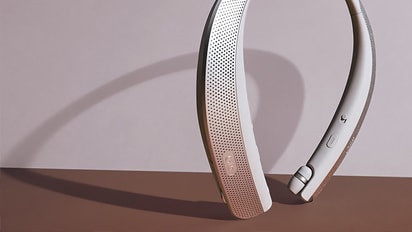At a Glance
Periodically cleaning the dust filter and bin can improve suction power and keep your vacuum operating at optimum performance.
Try this
How to clean the dust bin and cyclonic mesh filter
1. After removing the battery, press the Kompressor lever down several times to compress the dust.
2. Press the dust bin cover release button to open the dust bin cover and empty the dust bin.
3. Hold the dust bin and turn it counterclockwise to remove it.
4. After inserting the crevice tool into the cyclonic mesh filter, turn it counterclockwise to remove it.
5. Place the product body with the filter at the bottom.
Use a cleaning brush to clean out dust. Turn the product body over to remove excess dust.
6. Shake the dust off the cyclonic mesh filter or use a cleaning brush to clean it.
At least once a month, remove the dust bin and the cyclonic mesh filter and wash them with water.
To avoid odor and the malfunction of the motor, allow the cyclonic mesh filter to dry completely in a well-ventilated area out of direct sunlight for at least 24 hours.
7. After inserting the cyclonic mesh filter into the product body, turn it counterclockwise to remove it.
8. After inserting the dust bin into the product body, turn it clockwise until you hear a clicking sound, so that it is completely assembled.
※ To fully assemble them, the sign (●) on the dust bin and the product body need to be aligned.
How to clean the filter
1. For your safety, first remove the battery from the unit.
2. Hold the exhaust filter cover and turn it counterclockwise.
After that, open the cover and take out the exhaust filter and the pre-filter.
3. First, use the 2-in-1 nozzle to remove dust in the motor. Turn the product over and shake off the dust.
4. Shake the exhaust filter and the pre-filter to remove dust.
Shake dust off at least once a month to improve the vacuum's suction power and wash it under running water to avoid odor.
Let it dry completely in a shaded area for at least 24 hours.
If it's wet, it may smell.
5. After finishing cleaning the filter, insert the pre-filter first and then the exhaust filter.
After that close the cap and turn it clockwise to lock it.
The actual level of contamination of the filter may vary depending on the cleaning environment or method.
If you place the vacuum cleaner on the charging station or turn on the power again, the alarm will go off.
This guide was created for all models, so the images or content may be different from your product.












